Assisted Living / CBRF
Best Defense Provides All Apartment Building and Condominium Life-Safety Needs
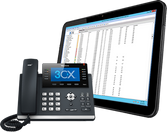
3CX IP Telephone Systems
Best Defense uses 3CX IP servers and Cisco SPA IP telephones — easy to install and maintain, you'll save

Sprinkler Systems
Best Defense Security & Fire Protection, Inc, provides professional sprinkler system installation at a reasonable

Fire Alarms
Best Defense installs fire alarm systems for a wide variety of applications. We can design your system to be fire code
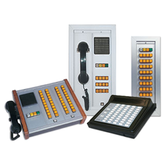
Nurse Call
Nurse Call and Emergency Call Systems
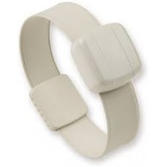
Patient Wandering
RoamAlert Patient Wandering Systems by Best Defense
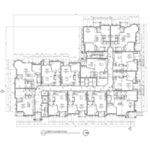
Design Consultant
Our licensed sprinkler fitters have years of experience and will provide you with a professionally designed and serviced system at a fair cost.

Delayed Egress
Delayed egress Locks allow for the locking of required fire egresses, delaying the exit of people from your building
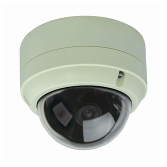
Camera Systems
Our digital video recorders include remote viewing software that allows you to view live or recorded security video from your computer.
We're proud to provide complete life-safety solutions for Wisconsin community-based residential facilities, assisted living facilities, adult daycares, daycare facilities, and nursing homes. Best Defense can install sprinkler systems, fire alarms, door alarms, delayed egress locking systems, camera systems, and nurse calls for these facilities.
We're familiar with all the codes relevant to CBRF, daycare, and nursing home fire alarm requirements in Wisconsin. We can assist you in designing a fire alarm system or sprinkler system to meet code requirements and will provide and submit to the State of Wisconsin a comprehensive plan review package for your installation.
In particular, Wisconsin CBRF's have unique and specific fire alarm codes. Wisconsin Statutes, Section 50.035 requires all CBRF's to have a low voltage interconnected fire alarm and Wisconsin Administrative Code DHS 83.48 spells out the specific requirements for detector placement and inspection. Each of these codes require the systems to be installed to NFPA72 installation standards.
Best Defense also provides annual fire alarm inspections and fire alarm sensitivity testing to meet DHS 83 and NFPA72 testing requirements. We offer a comprehensive set of testing tools including barcoding for each of your devices to track the inspection and hi-tech smoke detector sensitivity testing equipment.
Contact us for all of your fire alarm needs at sales@bestdefense.com or call us at 800-237-8389.
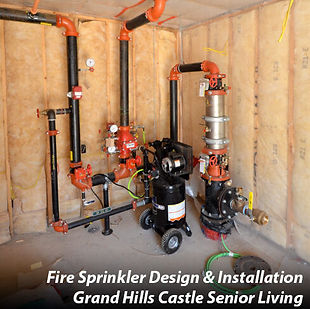
slides_sprinkler_03-e1614190141720
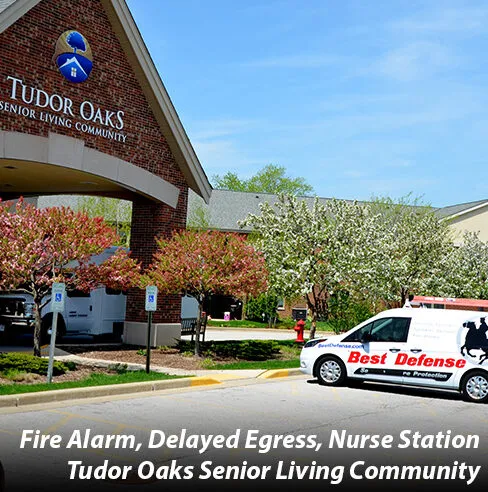
slides_assistedLiving_tudor-e1614192229358
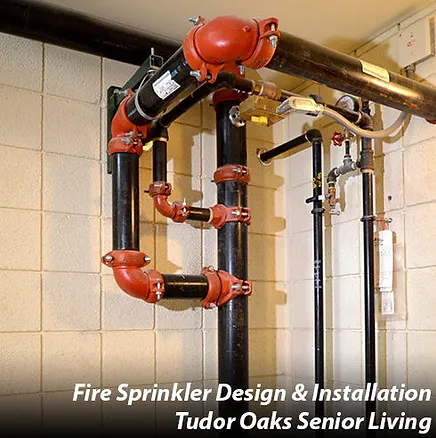
slides_sprinkler_02-e1614190118834

slides_sprinkler_01-e1614190076604

slides_assistedLiving_lighthouse-e1614191307790
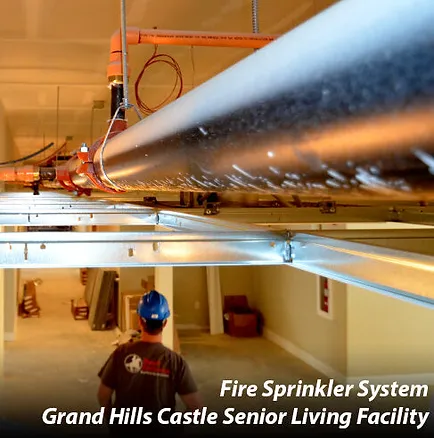
slides_assistedLiving_grandCastle-e1614192201814
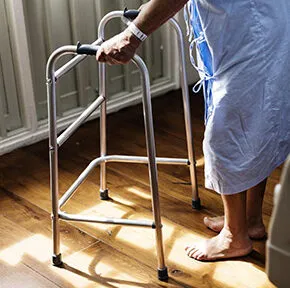
photo_seniorCitizen-1-e1614189930277

slides_fireAlarm_Tudor02-e1614191580101
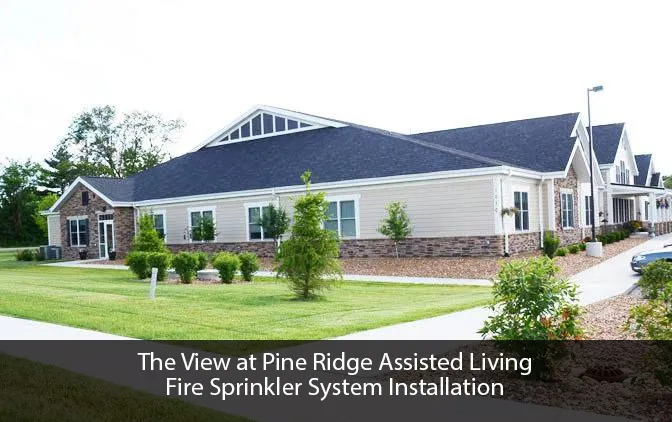
photo_assistedLiving
DHS 83.48 – Fire Protection Systems – Fire Alarm Requirements
INTERCONNECTED SMOKE AND HEAT DETECTION SYSTEM.
(a) Except as provided under sub. (2), the CBRF shall have an interconnected smoke detection system pursuant to s. 50.035 (2), Stats., and shall have an interconnected heat detection system to protect the entire CBRF so that if any detector is activated, an alarm audible throughout the building will be triggered.
(b) Smoke and heat detectors shall be installed and maintained in accordance with NFPA 72 National Fire Alarm Code and the manufacturer’s recommendation. Smoke detectors powered by the CBRF’s electrical system shall be tested by CBRF personnel according to manufacturer’s recommendation, but not less than once every other month. CBRFs shall maintain documentation of tests and maintenance of the detection system.
(c) A CBRF shall receive approval from the department as required under s. 50.035 (2) (b), Stats., and s. DHS 83.63 (2) before installing a smoke and heat detection system.RADIO−TRANSMITTING SMOKE AND HEAT DETECTION SYSTEM.
A small CBRF may use an Underwriters Laboratories listed radio−transmitting detection system that triggers an alarm audible throughout the building and that is properly safeguarded against deactivation.TESTING.
(a) After the first year following installation, fire detection systems shall be inspected, cleaned and tested annually by certified or trained and qualified personnel in accordance with the specifications in NFPA 72 and the manufacturer’s specifications and procedures.
(b) Sensitivity testing shall be performed at intervals in accordance with NFPA 72.
(c) All smoke and heat detectors suspected of exposure to a fire condition shall be inspected, cleaned and tested by a certified or trained and qualified person within 5 days after each exposure in accordance with the specifications in NFPA 72 and the manufacturer’s specifications and procedures. Each detector shall operate within the manufacturer’s intended response or it shall be replaced within 10 days after exposure to a fire condition.LOCATION.
Pursuant to s. 50.035 (2) (b), Stats., all facilities shall have at least one smoke detector located at each of the following locations:
(a) At the top of every open stairway.
(b) On the hallway side of every enclosed stairway on each floor level.
(c) Spaced not more than 30 feet apart in every corridor, and not further than 15 feet from any wall or in accordance with the manufacturer’s separation specifications.
(d) In each common use room, including a living room, dining room, family room, lounge and recreation room, but excluding a kitchen, bathroom or laundry room.
(e) In each bedroom.
(f) In all non−resident living areas, except the furnace, bathroom,kitchen and laundry room.
(g) Additional smoke detectors shall be located where wall projections from the ceiling or lintels exceed 8 inches.
(h) In the basement, or in each room of the basement except a furnace or laundry room.CONNECTION AND ACTIVATION.
Smoke detectors in or near the living room of an apartment and smoke detectors in the bedrooms of an apartment shall be either connected to the main alarm system or to a separate annunciator on a panel. If a separate annunciator on a panel is used, there shall be an effective electronic means of notifying employees anywhere in the CBRF that a detector has been activated. Smoke detectors under this subsection shall activate an alarm in all of the resident bedrooms and the apartment.SPECIFIC LOCATIONS FOR HEAT DETECTORS.
CBRFs shall have at least one heat detector integrated with the smoke detection system at all of the following locations or in accordance with the heat detector manufacturer’s specifications:
(a) Kitchen.
(b) Attached garage.
(c) All enclosed compartments of the attic.
(d) Furnace room.
(e) Laundry room.SPECIAL EQUIPMENT FOR PERSONS WITH IMPAIRED HEARING OR VISION.
(a) Notification. If any resident with impaired hearing or vision is unable to detect or respond to a fire emergency, the licensee shall ensure the appropriate audio, visual or vibrating notification alarms are installed in the resident’s bedroom, in or near a living room in an apartment, and in each common area used by the resident.
(b) Documentation. The sensory impairment of the resident shall be noted in the resident’s record and communicated to all employees within 3 days after admission or after determination of the impairment is made.History: CR 07−095: cr. Register January 2009 No. 637, eff. 4−1−09.
DHS 83.43 – Fire Protection Systems – Fire Sprinkler Requirements
Fire Sprinkler Requirements
(8) SPRINKLER SYSTEMS. (a) Types. A CBRF shall have a sprinkler system if required under s. DHS 83.47 (1) (b) or 83.50. The types of sprinkler systems to be used are as follows:
A complete NFPA 13D residential sprinkler system shall be used in a CBRF licensed for 16 or fewer residents only when each room or compartment in the CBRF requires no more than 2 sprinkler heads. When an NFPA 13D sprinkler system is used it shall have a 30−minute water supply for at least 2 sprinkler heads. Entrance foyers shall have sprinklers. The department may deter-mine an NFPA 13R residential sprinkler system shall be installed in a CBRF with one or more rooms or compartments having an unusually high ceiling, a vaulted ceiling, a ceiling with exposed beams or other design or construction features that inhibit proper water discharge when the square footage of each room or compartment in the CBRF would ordinarily allow an NFPA 13D sprinkler system.
A complete NFPA 13R residential sprinkler system shall be used in a CBRF licensed for 16 or fewer residents when one or more rooms or compartments in the CBRF require more than 2 sprinkler heads and not more than 4 sprinkler heads. A fire department connection is not required for an NFPA 13R sprinkler system.
A complete NFPA 13 automatic sprinkler system shall be used in a CBRF licensed for more than 16 residents.
All sprinkler systems under subds. 1. to 3. installed after January 1, 1997, shall be equipped with residential sprinkler heads in all bedrooms, apartments, all other habitable rooms and corridors.
All large facilities initially licensed on or after January 1, 1997, shall be protected by a complete automatic sprinkler system, except a class AA CBRF that has an equivalent safety system approved by the department.
All large facilities initially licensed before January 1, 1997, of non−fire resistive construction shall be protected by a complete automatic sprinkler system, except a class AA CBRF that has an equivalent safety system approved by the department. (b) Installation and maintenance.1. All sprinkler systems shall be installed by a state licensed sprinkler contractor. All sprinkler systems shall be maintained, inspected and tested at least annually or at intervals determined by the requirements in NFPA 25.2. In facilities with sprinklers, sprinkler heads shall be placed at the top of each linen or trash chute and in the rooms where the chutes terminates.3. The sprinkler system flow alarm shall be connected to the CBRF’s fire alarm system. (c) Reliable water supply. All sprinkler systems shall have a reliable water supply. If the sprinkler system requires a mechanical device such as a compressor, pump or motor, the device shall be supplied by a reliable source of emergency power in accordance with NFPA 20.

